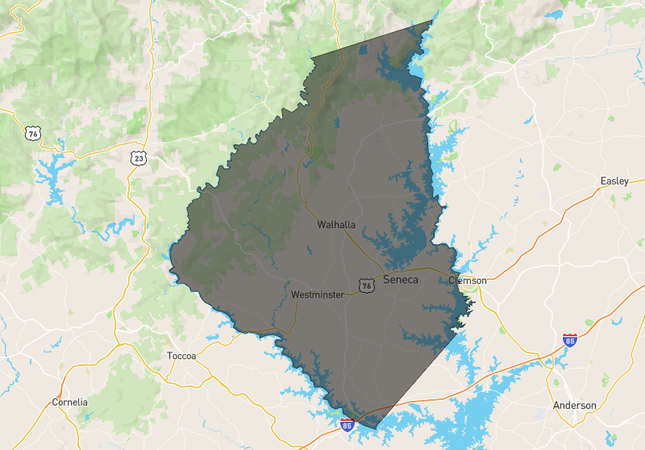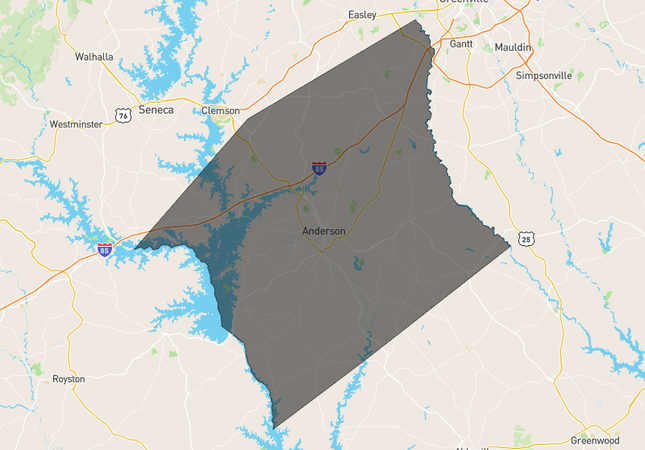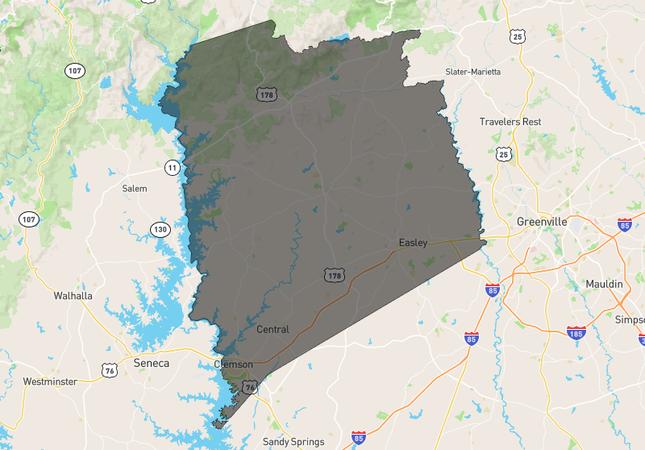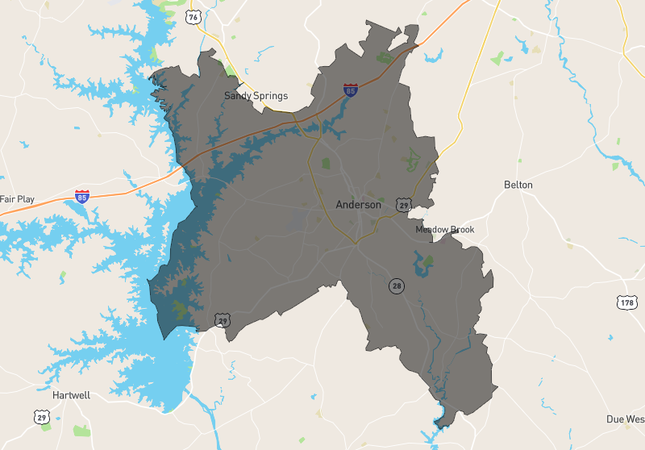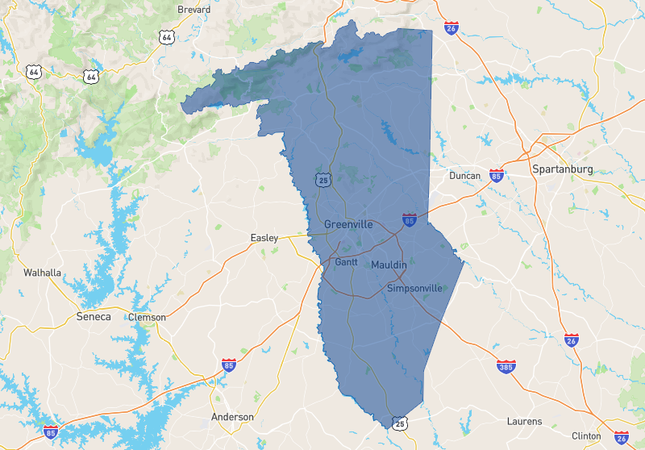Your Partner in Every Move
Find your dream home with our powerful property search tool!

Claude Turpin
Claude Turpin embarked on his real estate journey in 2005 at the young age of 23. Transitioning from the retail and manufacturing industries, he quickly adapted to the unique challenges and opportunities of the real estate market. A fast learner, Claude became adept at assisting both buyers and sellers across various property types. Commercial, land, residential, multi-family, investment, REO, he's helped with them all.
Guided by a simple yet powerful philosophy, "Anyone wishing to achieve the dream of homeownership should, and I'll do everything in my power to get you there," Claude has dedicated himself to helping clients realize their real estate dreams.
After 20 successful years in the business, Claude and his wife Andrea founded Adly Group Realty. Their company stands out with a warm, family-oriented approach, reflecting their commitment to community and personalized service. At Adly Group Realty, every agent shares a common goal: to help clients succeed in all their real estate needs.
Your Dream Home Awaits!
My active listings
Our Office Listings
Is it a good time to sell?
Let me provide you with a personalized, in-person valuation report. You'll receive an accurate, detailed analysis of your property's value, including insights into market trends and potential opportunities for improvement.
Find it all,
closer to home
Explore the eclectic lifestyles that the Puget Sound region has to offer, from waterfront living to vibrant urban neighborhoods, charming small towns to peaceful retreats. Discover the diverse areas below and find the one that matches your perfect lifestyle.
Seeking Expert Advice?
Have questions about the market, need help with paperwork, or want a tour of your potential new neighborhood, I'm just a click away. Let me make your real estate journey smooth and stress-free!
Free Buyer's Guide
Get personalized tips, insider advice, and all the guidance you need to confidently navigate the home-buying process. We’re here to help you make informed decisions and find the perfect home with ease.

